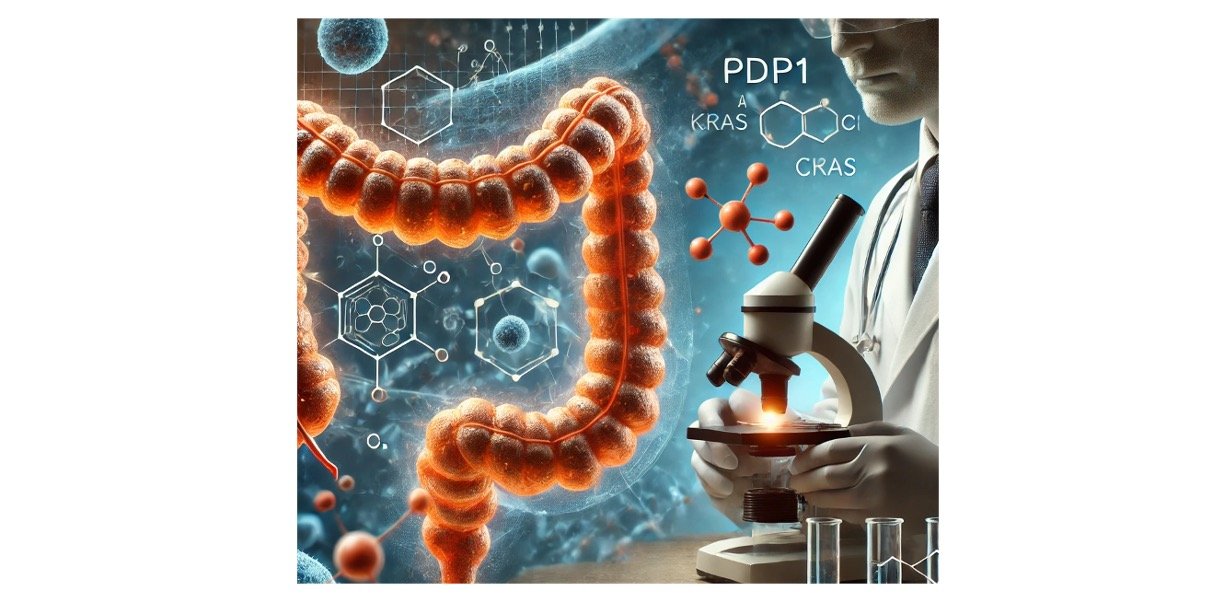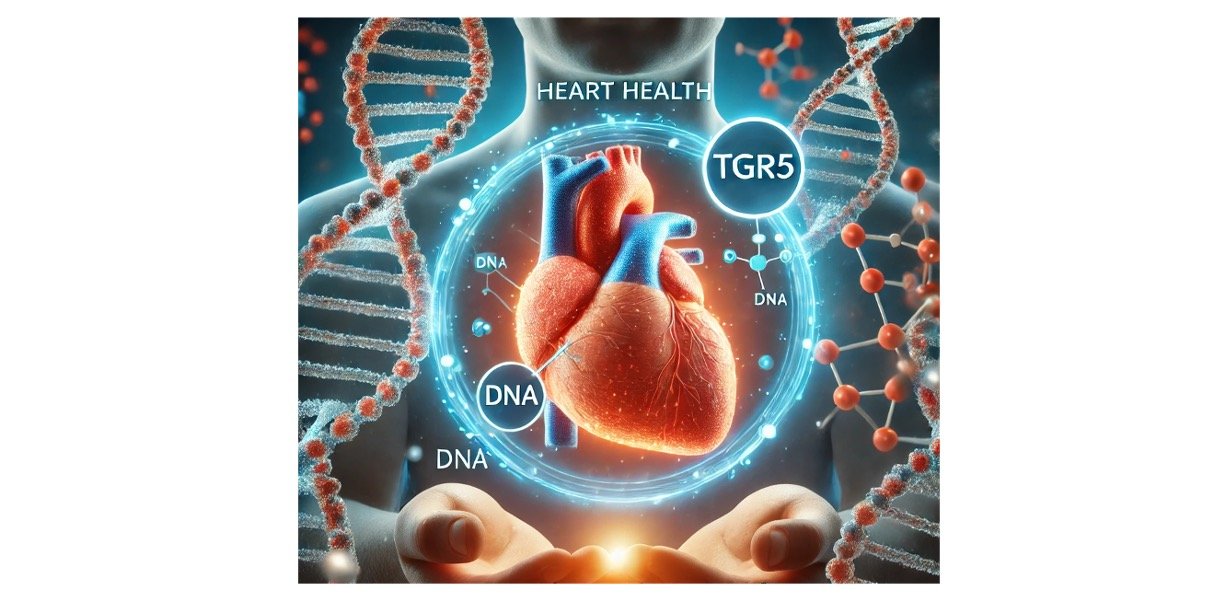Table of Contents
Chlorophyta Definition
The word originates from a Greek word meaning green plant. Chlorophyta is the family of green algae, belonging to the domain eukaryote. There are more than 4300 species of Chlorophyta. They are found in land, terrestrially as well as they thrive in extreme climatic conditions such as extreme heat, extreme cold and salty conditions. These species have chlorophyll a and b, carotenoids not in all, flagella, energy resource is carbohydrate in the starch form.
Chlorophyta Classification
Chlorophyta consists of the green plants of the domain Eukaryota of Kingdom Plantae. In Chlorophyta there are further two phylum; Chlorophyta and Charophyta. Those species which reside in fresh water are said to be Charophytes, whereas those residing in marine water are called as chlorophytes, however in few cases they are also found in fresh water and on land as well as in extreme heat, cold and salinity. Example is Trentepohliales for terrestrial species of chlorophytes.
According to the first taxonomic classification, there are around 7000 species of green algae known. There are 4300 species of Chlorophyta in the second taxonomic classification. Reducing the 4300 species from 7000, the remaining ones are the charophytes, which were thought to be chlorophytes. Chlorophyta has further been grouped into various classes such as Chlorophyceae, Prasinophyceae, Ulvophyceae, Pleurastrophyceae, Bryopsidophyceae, Charophyceae, Zygnematophyceae by Mann, Hoek and Jahns system.
Another classification was made in which chlorophytes were separated from charophytes and charophytes were placed into streptophyta by Lelieert. As the study moves ahead, it should be kept in mind that classification will keep on changing as discovery of new species would bring newer classification system.
Chlorophytes and Charophytes
The pigments found in both the green algae are chlorophyll a and b. Cell wall is made up of cellulose. Their food is stored in the form of starch. It is assumed that embryophytes have risen from charophytes, due to similarity between these two class, which is absent in Chlorophyta. Both these group possess certain enzymes such as flagellar peroxidase, glycolate oxidase, aldolase class 1and Cu/Zn superoxide dismutase, which chlorophytes lack. In cell division, phragmoplast have been used in charophytes.
Chlorophyta Characteristics
Chlorophytes are green algae and as the name suggest, they are green in color due to the presence of chlorophyll present in the thylakoid. They also have other pigment such as xanthophyll and β- carotene. Depending from species to species they can be unicellular or multicellular. They possess flagella which is for the movement.
The mode of reproduction is both sexual as well as asexual. Sexual reproduction can occur through conjugation, where genetic material gets exchanged is seen in chlorophytes. Isogamy, another sexual type of reproduction which can also take place between identical parent or oogamy between dis-similar gametes, such as one is motile but smaller in size, whereas the other is large but non-motile.
There are two phases which are seen, in gametophyte haploid phase is seen and in sporophyte diploid phase is seen. If only one gametophyte is involved it is called as haplobiontic, whereas both are involved then, diplobiontic.
Chlorophyta Sub-Groups
Chlorophyta has the following classes and they are:
a) Ulvophyceae
b) Pedinophyceae
c) Chloropicophyceae
d) Mamiellophyceae
e) Nephrophyceae
f) Cholorophyceae
g) Trebouxiophyceae
h) Chlorendrophyceae
Evolution and Phylogeny
As chlorophytes are belonging to the domain Eukaryota, it is presumed that they might have come from eukaryotes when they consumed prokaryotes, which is the endosymbiotic theory. Plastid were formed when prokaryote encapsulated into the eukaryote which formed the organelle and then into a plastid. Similarly, red algae and glaucophytes have risen from the same theory. Thus, many organism have risen from chlorophytes.
Chlorophyta: Biological Importance
Chlorophytes are the major producers due to their ability to carry out photosynthesis, and releases oxygen and starch, which are food source for various other organism such as heterotrophs. Thus, many organism stay in symbiotic relationship with the chlorophytes.
Ex: lichens and fungi. Chlorophytes along with mollusk, ciliates and cnidarians. However, few chlorophytes are non-photosynthetic.
Ex: Prototheca are opportunistic and can cause various disease in humans and animals.
Chlorophyta Citations
Share












